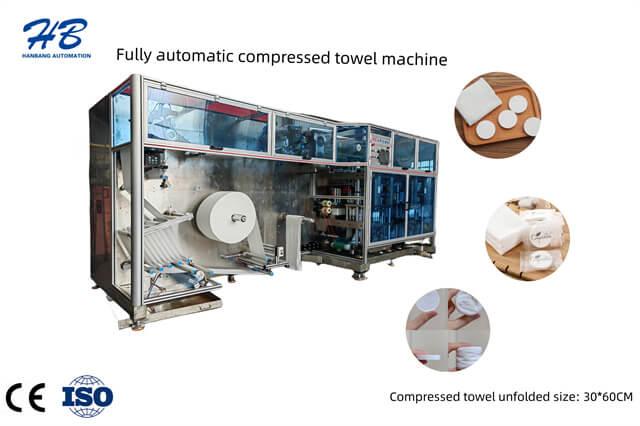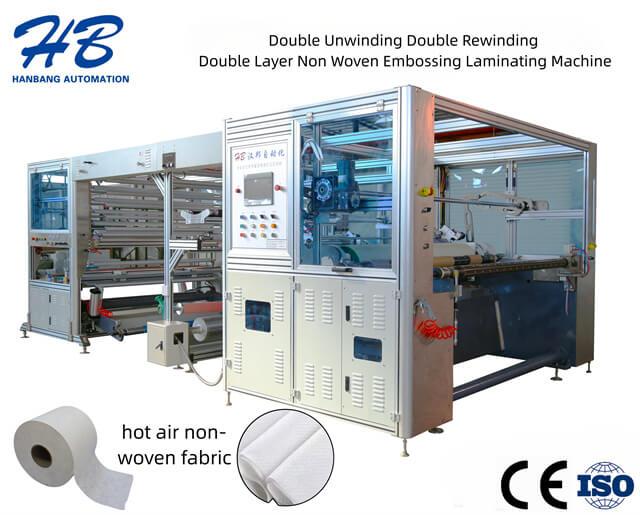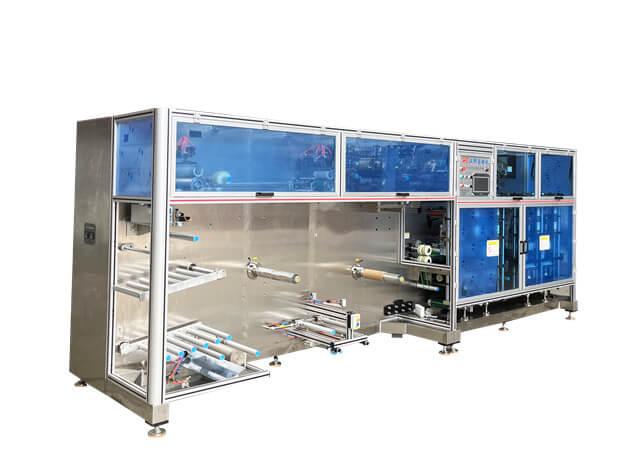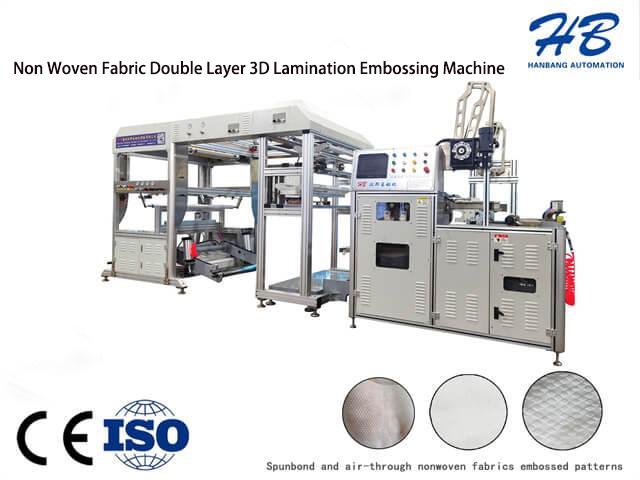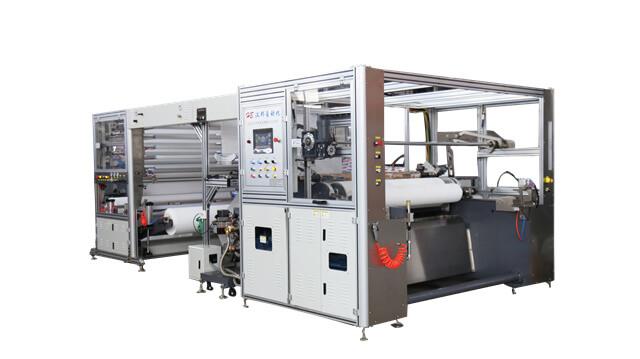Author:HB Nonwoven MachineryFROM:Compressed Towel Machine Manufacturer TIME:2023-10-19
The non-woven composite embossing machine is an essential tool in the production of hygiene products such as diapers and sanitary napkins. This innovative machine combines multiple functions to create high-quality, embossed non-woven fabrics used in these industries. With its versatile capabilities, the non-woven composite embossing machine has revolutionized the manufacturing process and improved the overall quality of hygiene products.
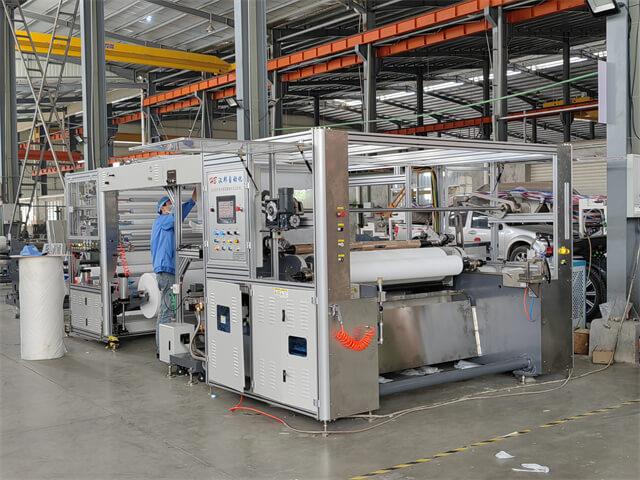
The non-woven composite embossing machine is specifically designed to enhance the texture, absorption, and overall performance of hygiene products. It uses advanced technology to create intricate patterns on non-woven fabrics, enhancing their aesthetic appeal and functionality. The machine applies heat and pressure to imprint the desired design onto the fabric, resulting in a visually appealing and high-performance product.
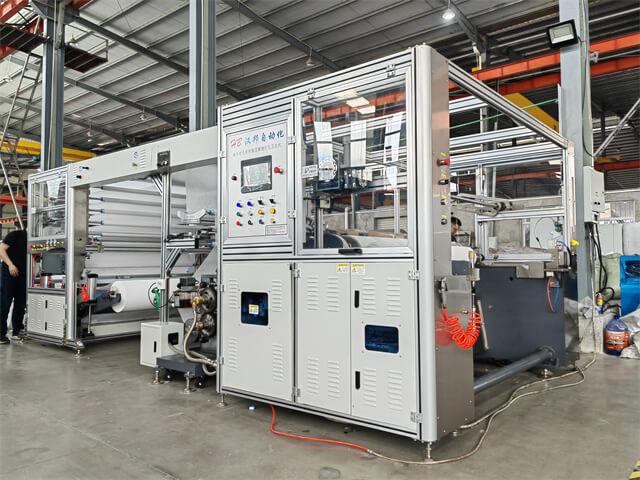
One significant advantage of the non-woven composite embossing machine is its ability to increase the absorbency of hygiene products. The embossed patterns create tiny channels on the surface of the fabric, allowing for better liquid absorption. This feature is crucial in diapers and sanitary napkins, as it helps to prevent leakage and provide users with enhanced comfort and protection.
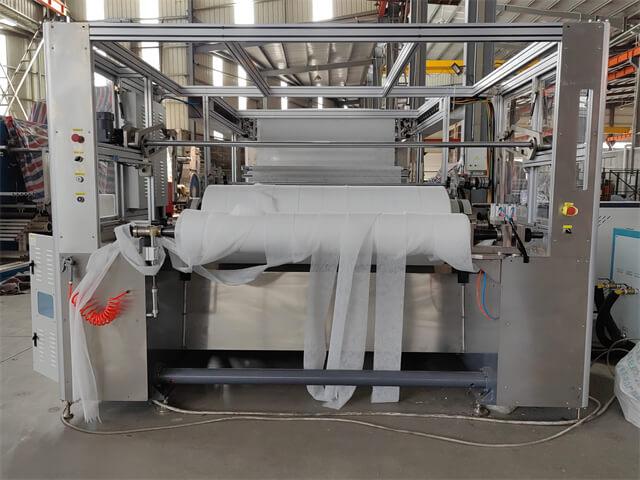
The non-woven composite embossing machine also improves the softness of the fabric. By embossing the material, it creates a three-dimensional structure that enhances the fabric's flexibility and softness. This is particularly important in hygiene products, as it ensures a gentle and comfortable experience for the user, reducing the risk of irritation or discomfort.
A key benefit of the non-woven composite embossing machine is its ability to improve the air permeability of the fabric. The embossed patterns create micro-spaces within the material, allowing for better airflow. This is essential in hygiene products as it promotes better breathability, reducing the risk of skin irritation and keeping the user feeling fresh and dry.
The non-woven composite embossing machine offers a wide range of customization options. Manufacturers can choose from various embossing patterns, sizes, and depths to meet their specific product requirements. This flexibility allows for unique and visually appealing designs, enhancing the attractiveness of the final product and increasing consumer satisfaction.
Investing in a non-woven composite embossing machine can lead to significant cost savings for manufacturers. By improving the performance and functionality of hygiene products, companies can reduce the use of additional materials or layers, thus lowering production costs. Additionally, the machine's high-speed operation allows for increased productivity, further reducing manufacturing expenses.
The non-woven composite embossing machine also offers environmental benefits. By enhancing the performance of hygiene products, it enables manufacturers to create more effective and reliable products. This means that users may require fewer diaper or sanitary napkin changes, reducing overall waste. Furthermore, some embossing techniques can facilitate the use of biodegradable materials, contributing to a more sustainable industry.
In conclusion, the non-woven composite embossing machine plays a critical role in the production of hygiene products. Its ability to increase absorbency, enhance softness, improve air permeability, and offer customization options makes it an invaluable tool for manufacturers. Furthermore, its cost efficiency and environmental benefits make it a wise investment. As the demand for high-quality hygiene products continues to grow, the non-woven composite embossing machine will undoubtedly remain an essential component of the industry.
